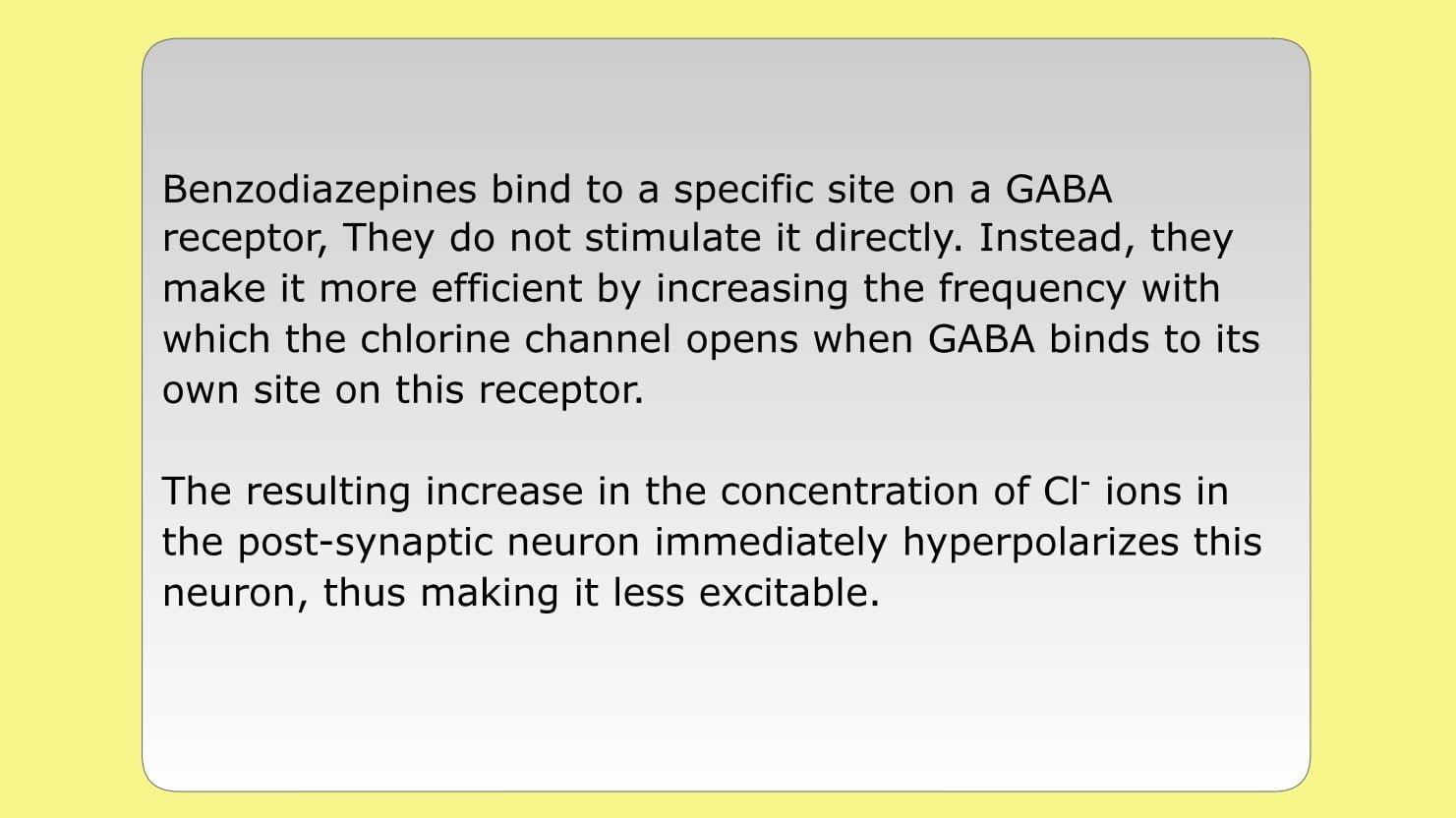TABLE OF CONTENTS
Tranquilizer, Hypnotics and Sedatives of animals
Tranquilizer, Hypnotics and Sedatives of animals will be discussed in this post.
Tranquilizers of animals
Tranquilizers (ataractics or neuroleptics) are the drugs that relieve anxiety without causing sedation. these are used to facilitate quietening and handling of animals, as a premedication.
Phenothiazines (Chlorpromazine, Acepromazine, Promethazine, Triflupromazine), Butyrophenones (Haloperidol, droperidol, azaperone, fluanisone), Benzodiazepines (Chlordiazepoxide, Diazepam, Midazolam) and Thioxanthines are mainly used as a tranquilizers that relieve anxiety without undue sedation facilitating quietening and handling of animals.
Features of Phenothiazines
- Wide range of central and peripheral effects – act on dopamine, norepinephrine, 5HT and histamine receptors.
- Decrease spontaneous motor activity
- Depress the brain stem and connections to the cortex
- At high doses catalepsy is produced – animals remain immobile at a fixed position for a long time
- Powerful antiemetic action
- Antiadrenergic action on heart result in Cardiovascular collapse
- Chlorpromazine –(Largactil) – prototype drug which was popular in human and veterinary medicine.
- Widely used in humans for antipsychotic
- Acepromazine – popular drug
- Good sedative – lasts 4 – 6 h but much high reported in dogs
- May show initial excitement
- Also cause hypothermia and antiemetic effect
- Causes paralysis of the retractor penis resulting in priapism and paralysis of the penis in stallion and bulls and affect their market value
- Also causes prolapse of third eyelid
- Used as antispasmodic in colic in horses
- Used as a sedative premedication
- Also in pets for antiemesis
- Promethazine – used as an antihistaminic
- Triflupromazine (Siquil) as a sedative, as a restraint and as a preanaesthetic
- Methotripromazine – agent with significant analgesic action
Features of Butyrophenones
- Central blockade of DA and NE actions
- In man may cause unusual behavioral side effects
- Little Cardiovascular or respiratory effects
- Potent antiemetics
- Reduce motor activity and resulting in catalepsy
- Haloperidol – human drug – antipsychotic
- Droperidol – main use in neurolptanalgesia combination. (+Fentanyl),(or + benzodiazepines)
- Azaperone – popular sedative in pigs – animal not to be disturbed for 20 min. after injection – may cause excitation
- Use – premedication in pigs
- To sedate pigs – for preventing fighting, to avoid rejection of piglets by mothers and for fostering
- Not recommended in horses – due to excitement
- Fluanisone – use in neurolptanalgesia combination
Features of Benzodiazepines

- First in 1955 – Chlordiazepoxide depressants of CNS –acts on limbic system produces muscle relaxation by inhibition of neurons at spinal levels
- Action through specific Benzodiazepine receptor – GABA mediated action
- Acts at a site different from Barbiturates on the GABA gated Cl – channel
- Example of a receptor site for a non endogenous drug
- Minimal cardiovascular effect and mild respiratory depressio
- Diazepam—popular drug.
- As a sedative, premedication, neuroleptanalgesia
- Muscle relaxant in dissociative anaesthesia
- Anticonvulsant effects
- Popular sleeping tablet in man
- Midazolam – shorter acting – used in combination with ketamine
- Chlordiazepoxide – less used
- Benzodiazepines – appetite stimulant in children and animals
- Flumazenil – Benzodiazepine antagonist –used to reverse toxicity with benzodiazepines
Features of Thioxanthines
- Chlorprothixene – Depressant, anticholinergic, antiemetic and antihistaminic actions
- Used as sedative in dogs, sheep and goats, for ceasarean in pigs
Sedatives of animals
Sedatives are drug that subdues excitement and calms the subject without inducing sleep with drowsiness. these used in animal clinics to relive patient from anxiety.
Hypnotic of animals
Hypnotics drug are induces or maintain sleep, similar to normal arousal sleep.
α2 Agonists
α2 Agonists are drugs that depress the CNS activity sufficiently to cause lethargy, drowsiness and indifference to the surroundings. They decrease loco motor activity allay fear and apprehension, but the animal remains conscious when normal clinical dose rates are used. The term hypnotic implies loss of consciousness and is used to indicate the effect in higher doses.
α2 agonists like xylazine, detomidine and metomidine are used as sedative hypnotics. Xylazine is used as sedative analgesic and muscle relaxant in horses and all farm animals except pigs. In ruminants the drug may abolish ruminal movements leading to tympany and ruminal distension. Detomidine is used in horses as sedative analgesic and as preanaesthetic.
Metomidine is more potent than xylazine and is used in dogs and cats.
Xylazine– this drug is α2 an agonist very similar in structure to clonidine. In cats, horses, and cattle, xylazine will cause sedation and CNS depression. In horses, xylazine produces visceral analgesia better than meperidine, butorphanol, or pentazocine. In horses, xylazine may also cause penile prolapse, but no permanent paralysis is produced.
The sedation in horses is accompanied by head-lowering, relaxed facial muscles, and a pendulous lower lip. Occasionally, xylazine may cause a paradoxical increase startle reflex.
The caregiver should be wary of kicks. In cats (and rarely in dogs) xylazine may cause emesis. It is used as an emetic agent in feline in poisonings (producing emesis within about 3-5 minutes).
In cattle (and less frequently in cats and horses), xylazine may cause polyuria, thought to be mediated by a decrease in ADH release or activity. Species differences occur in the potency of xylazine.
Ruminants are extremely sensitive to its effects, requiring only 1/10 the equine dose. Alternately, swine are very resistant and must be given 20-30 times the ruminant dose (for this reason, xylazine is rarely used in swine).